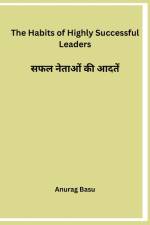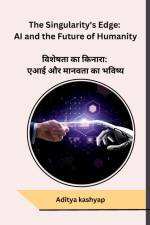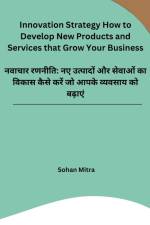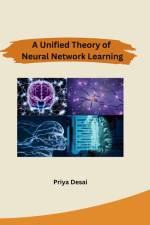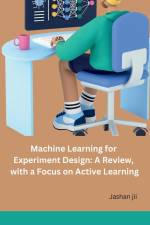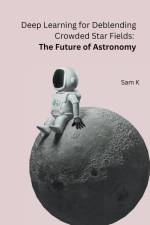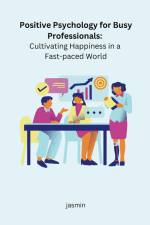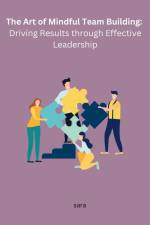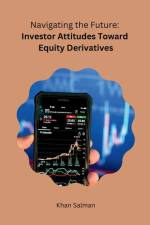av Sana
345,-
Understanding the Productivity MindsetIn today's fast-paced world, being productive is not just a desirable trait but a necessity for success. However, many individuals struggle to maintain a consistently productive mindset, often falling victim to distractions and procrastination. In this subchapter, we will delve into the core principles of the productivity mindset and explore effective motivation techniques to help you cultivate a winning attitude for success.The productivity mindset revolves around adopting a proactive approach to tasks, setting clear goals, and managing time efficiently. It starts with understanding that productivity is not about working harder, but rather working smarter. By focusing on high-value tasks and eliminating time-wasting activities, you can optimize your efforts and achieve more in less time.One key aspect of the productivity mindset is goal setting. Without clear goals, it is challenging to stay motivated and focused. We will explore techniques such as SMART (Specific, Measurable, Achievable, Relevant, Time-bound) goals, which provide a framework for setting objectives that are both meaningful and attainable. By breaking down larger goals into smaller, actionable steps, you can create a roadmap towards success.Effective time management is another crucial element of the productivity mindset. We will discuss techniques such as the Pomodoro Technique, which involves working in focused bursts followed by short breaks, to enhance concentration and prevent burnout. Additionally, we will explore the Eisenhower Matrix, a tool for prioritizing tasks based on urgency and importance, ensuring that you allocate your time and energy to the most significant activities.Maintaining motivation is often a challenge when pursuing long-term goals. We will introduce techniques to help you stay motivated, such as creating a vision board, visualizing success, and celebrating milestones along the way. By nurturing a positive mindset and reminding yourself of the rewards that await, you can overcome obstacles and stay committed to your objectives.Finally, we will explore the impact of environment and habits on productivity. From decluttering your physical space to cultivating healthy routines, small changes can have a significant impact on your mindset and overall productivity.By understanding the principles behind the productivity mindset and implementing effective motivation techniques, you can transform your approach to work and achieve success. Whether you are an aspiring entrepreneur, a busy professional, or a student, this subchapter will provide you with the tools and mindset necessary to unlock your full potential and become a productivity powerhouse






